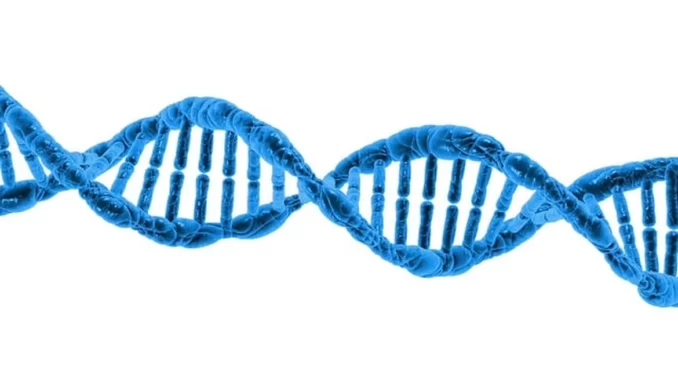
In today’s rapidly evolving landscape where technology and medicine intertwine, the Children’s Hospital of Philadelphia (CHOP) has introduced a promising advancement named CelloType. This artificial intelligence (AI) model is set to revolutionise biomedical image segmentation. I recently had the opportunity to discuss this innovative technology with Dr. Emily Foster, a leading researcher at CHOP. Her insights revealed not only the project’s journey but also the vast potential CelloType holds for the future of medicine.
During our engaging conversation, Dr. Foster’s enthusiasm was unmistakable as she described the novel capabilities of CelloType. “This is unlike anything we’ve encountered before,” she remarked. “CelloType is an advanced AI model crafted to efficiently identify and classify cells within high-content tissue images. It’s a significant stride forward for spatial omics, a field that is increasingly vital to understanding complex diseases.” Spatial omics, as Dr. Foster elaborated, integrates molecular profiling with spatial data to map molecular locations within cells in intricate tissues. It’s akin to charting a city’s infrastructure to grasp its dynamics and functionality. This innovative technology enables researchers to probe diseases such as cancer and chronic kidney disease by unveiling how cellular interactions influence disease progression and response to therapy.
Dr. Foster further explained that traditional methods of cell segmentation and classification involved separate processing stages, which often resulted in inefficiencies and limited accuracy. CelloType, however, streamlines this process by integrating segmentation and classification through transformer-based deep learning. This advancement not only enhances efficiency but also markedly boosts accuracy in detecting and categorising cell types. Dr. Foster expressed immense pride in her team’s accomplishments, noting how CelloType excelled against traditional methods across diverse tissue datasets, including both animal and human samples. “The outcomes were extraordinary,” she remarked. “We surpassed current segmentation techniques across various image types, whether natural, bright light, or fluorescence.”
The creation of CelloType was driven by the urgent need for sophisticated computational tools capable of managing the burgeoning volume of spatial omics data. Deep learning, renowned for its ability to tackle large-scale tasks like image analysis, was harnessed to develop a model adept at deciphering and predicting complex data relationships. “This is what distinguishes CelloType,” Dr. Foster highlighted. “It’s not merely executing tasks; it’s constantly learning and evolving, making it a powerful and adaptable tool for analysing intricate tissue structures.” A standout feature of CelloType is its proficiency with multiplexed tissue images, which display multiple biomarkers within a single sample, offering a comprehensive view of both cellular and non-cellular components. “The multi-scale segmentation and classification capabilities of CelloType allow us to examine tissue components of varying sizes with unparalleled precision,” Dr. Foster explained. “This can significantly accelerate discoveries in cellular interactions, tissue functionality, and disease mechanisms.”
Our dialogue naturally progressed to the broader ramifications of CelloType within the biomedical research community. Dr. Foster emphasised its potential to transform how researchers examine complex tissues at the cellular level. “By providing a robust tool for spatial omics, we are laying the groundwork for transformative breakthroughs in healthcare,” she asserted. “This goes beyond a deeper understanding of diseases; it’s about fostering the development of precise diagnostics and targeted therapies.” A key aspect of CelloType is its open-source nature, permitting researchers beyond CHOP to access and utilise the model for non-commercial research. “By sharing this technology, we are encouraging a collaborative environment where researchers worldwide can both contribute to and benefit from these advancements,” Dr. Foster concluded.
As our conversation came to a close, I was left with a profound sense of the possibilities that CelloType and similar innovations herald. The convergence of AI and medicine indeed marks a new frontier, promising to reshape our comprehension and treatment of diseases. With pioneering technologies like CelloType, the future of biomedical research is promising, opening avenues for unprecedented exploration and discovery.


Be the first to comment